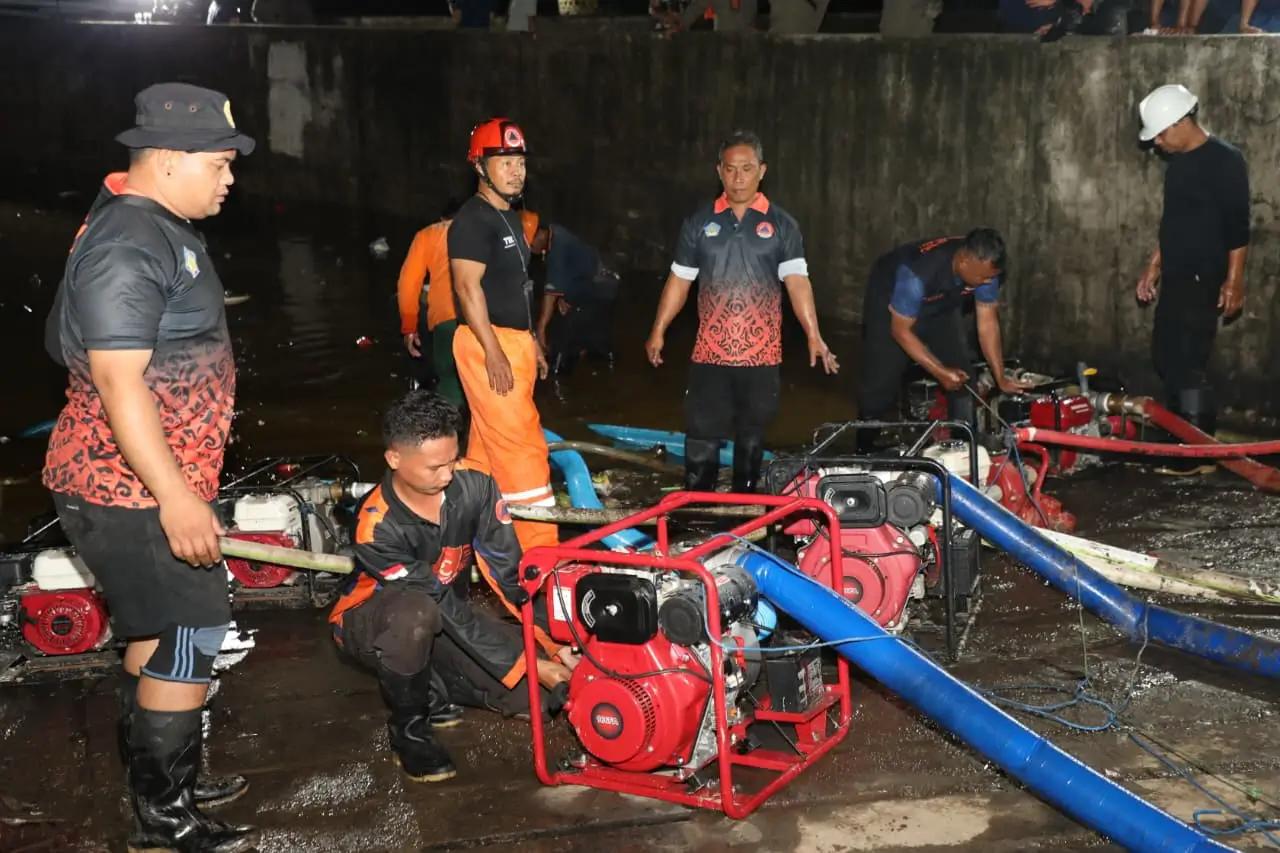Enviro News Asia, Jakarta – The Ministry of Environment and Forestry (KLHK), in collaboration with the SINTAS Indonesia Foundation and PT. Djarum, held a kick-off meeting on July 27, 2024, marking the beginning of the Java-Wide Leopard Survey (JWLS). This survey aims to assess the population status of the Javan leopard (Panthera pardus melas) across all remaining wildlife habitats on Java Island.
In its press release, the Ministry of Forestry stated that the survey, Utilizing camera trap technology, the survey collects data on the Javan leopard population. Additionally, JWLS gathers leopard scat samples to analyze population structure and prey preferences.
The Javan leopard is a national conservation priority species and is legally protected under Indonesia’s Law No. 5 of 1990 on Biodiversity and Ecosystem Conservation. The species is also classified as Endangered on the IUCN Red List and is listed in CITES Appendix I, which prohibits international trade.
Currently, Javan leopards inhabit 29 fragmented habitats, most of which are small and isolated national parks. With an estimated wild population of around 350 adult individuals, the species has likely declined over the past two decades, primarily due to habitat fragmentation.
Progress of JWLS implementation, significant progress has been made by the Technical Implementation Units of the Directorate General of KSDAE and environmental activists from eight JWLS field survey teams.
From a total of 21 target landscapes, camera trap surveys have been completed in 7 areas and are in progress in 3 more. Javan leopards have been detected in 6 out of 7 surveyed landscapes, Rawa Danau, Burangrang, Ciremai, Panusupan, Sindoro – Dieng, and Bromo Tengger Semeru. However, no Javan leopards have been detected in the Merapi Merbabu landscape.
Findings from camera traps and genetic analysis, the JWLS data team has identified 34 individual Javan leopards from camera trap images, consisting of, 11 males dan 23 females. Among them, 12 are black leopards (melanistic), while the rest are spotted Javan leopards.
Meanwhile, genetic analysis conducted at the Wildlife Genetic Analysis Laboratory, Universitas Gajah Mada (UGM) has identified 70 leopard scat samples, consisting of, 37 males and 18 females. The remaining 15 samples are still under analysis.
The JWLS technical team will continue working until early 2026, when the survey is expected to conclude with population estimates for each target landscape.
During a meeting with JWLS stakeholders in Jakarta on February 18, 2025, Prof. Satyawan Pudyatmoko, Director General of Natural Resources and Ecosystem Conservation (KSDAE), Ministry of Forestry, stated, “The Java-Wide Leopard Survey (JWLS) is a tangible example of national resource collaboration between the government and supporting partners on the ground.”
He expressed his deepest gratitude and appreciation to SINTAS Indonesia Foundation, Universitas Gajah Mada, PT Djarum, PT Indopoly, PT Sinar Sosro Gunung Slamat, PT Sarana Berkat Sejahtera, PT Profesional Telekomunikasi Indonesia, PT Bank Central Asia, PT Star Energy Geothermal (Barito Group), local NGOs, regional governments, Perhutani, and other parties involved in supporting JWLS.
















